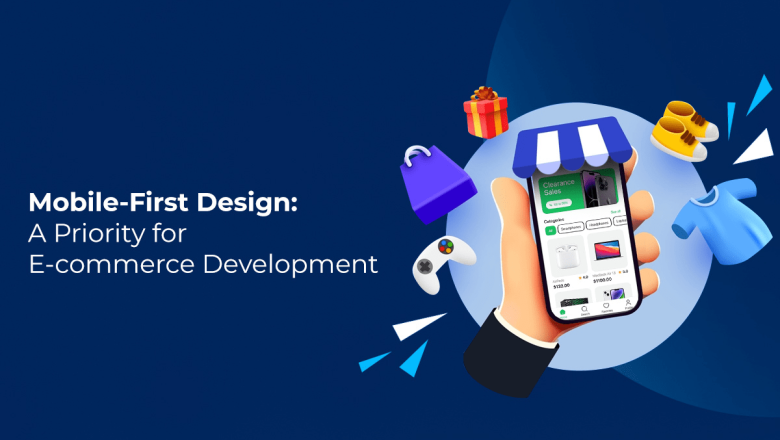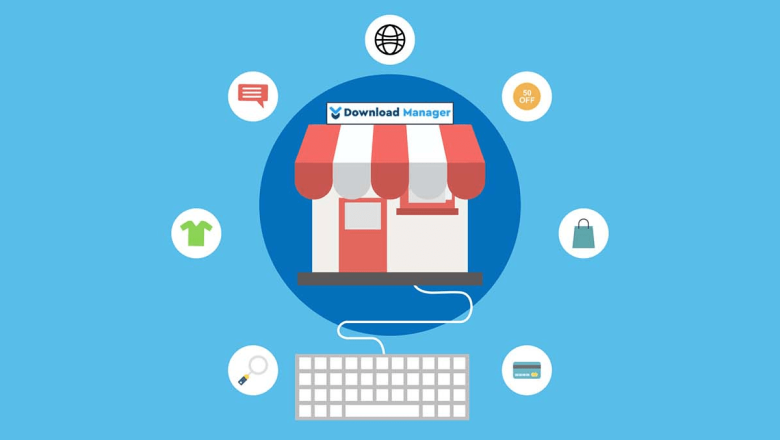
Mobile-First E-commerce Design for Higher Conversions
Why Mobile-First Matters ?
Since the majority of transactions on the internet are being made via tablets and smartphones, making your online store by using mobile-first methods is not an option anymore, and has become a necessity. Mobile-first designs focus on making your user experience more enjoyable using smaller screens.
This results in faster loading times, easy navigation, and seamless checkout. A mobile-friendly experience that is optimized can directly impact rates of conversion and retention of customers, as and the overall performance of your business.
Enhancing User Experience on Mobile Devices
Mobile device users are looking for a fast and seamless experience. Simple navigation, easy-to-use buttons, and an intuitive layout ensure that users can brow...









